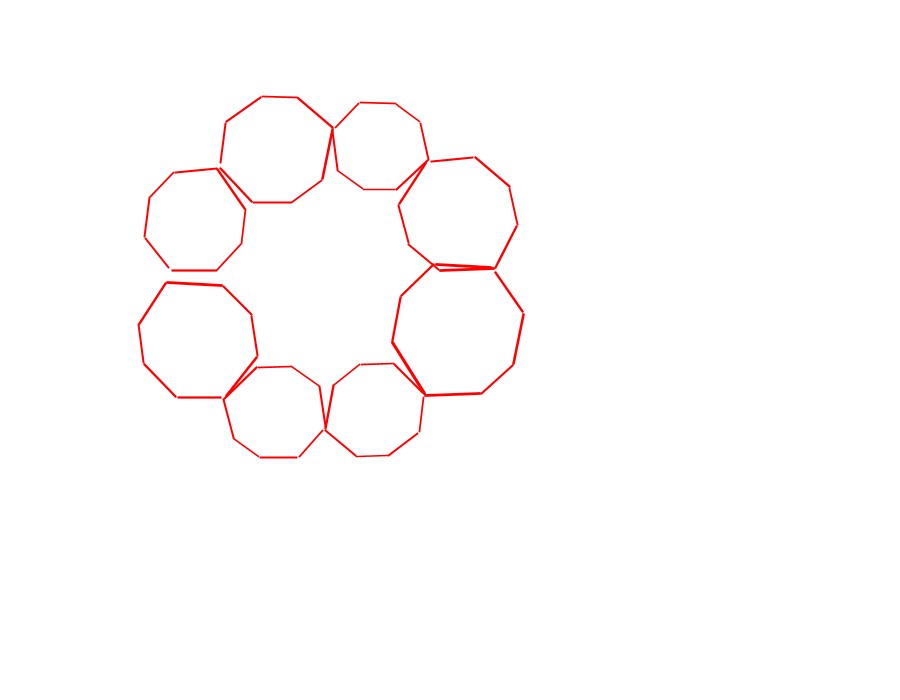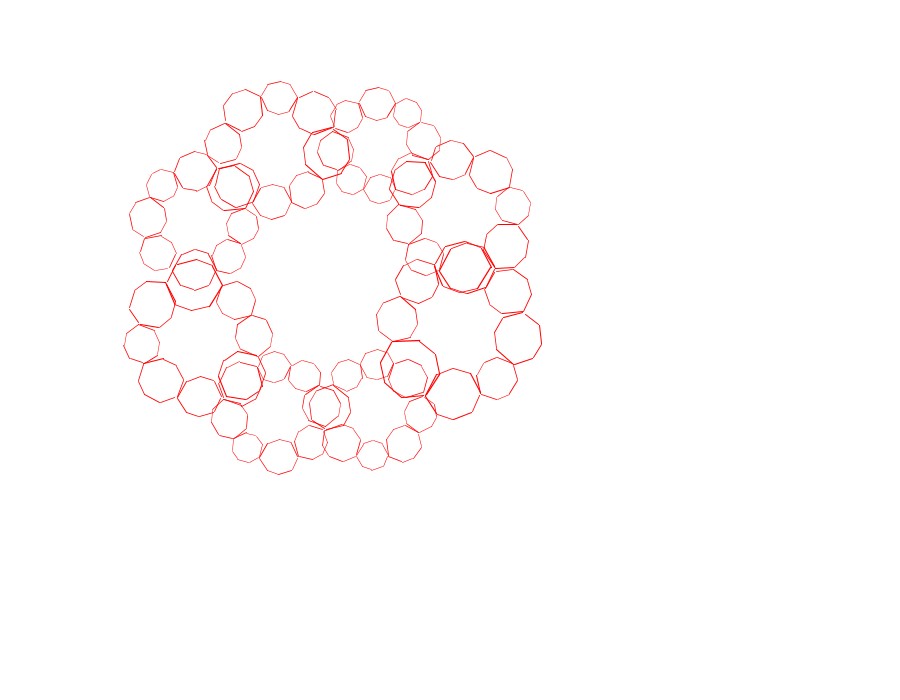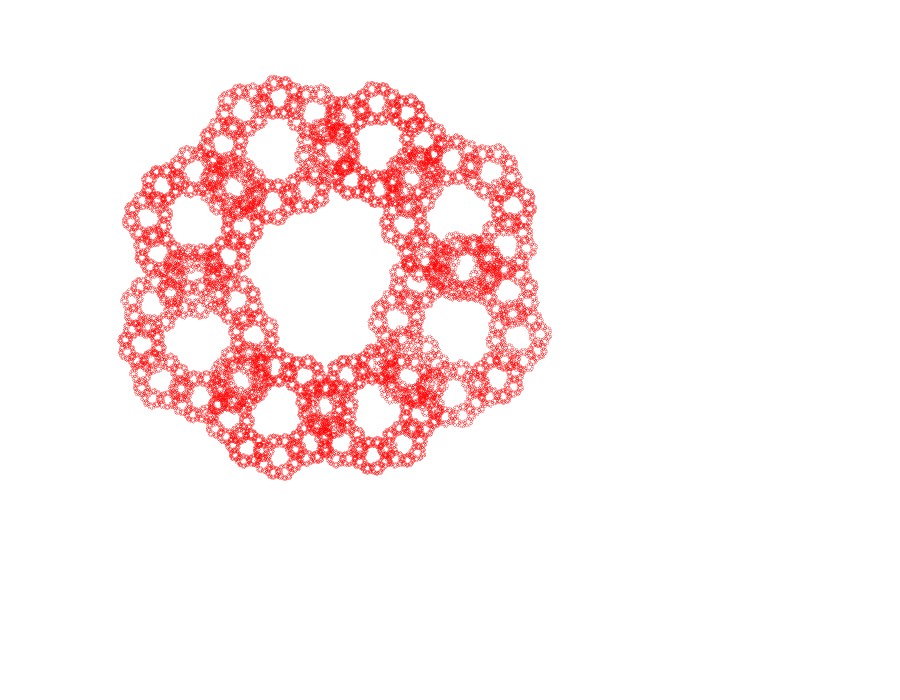1. A fern is like a fern
Fractals are based on the notion of self-similarity. Self-similarity is when things are like themselves. One example is a fern. The branch of a fern looks like a whole fern. The leaf of a fern looks like the branch of a fern, which looks like a whole fern.






